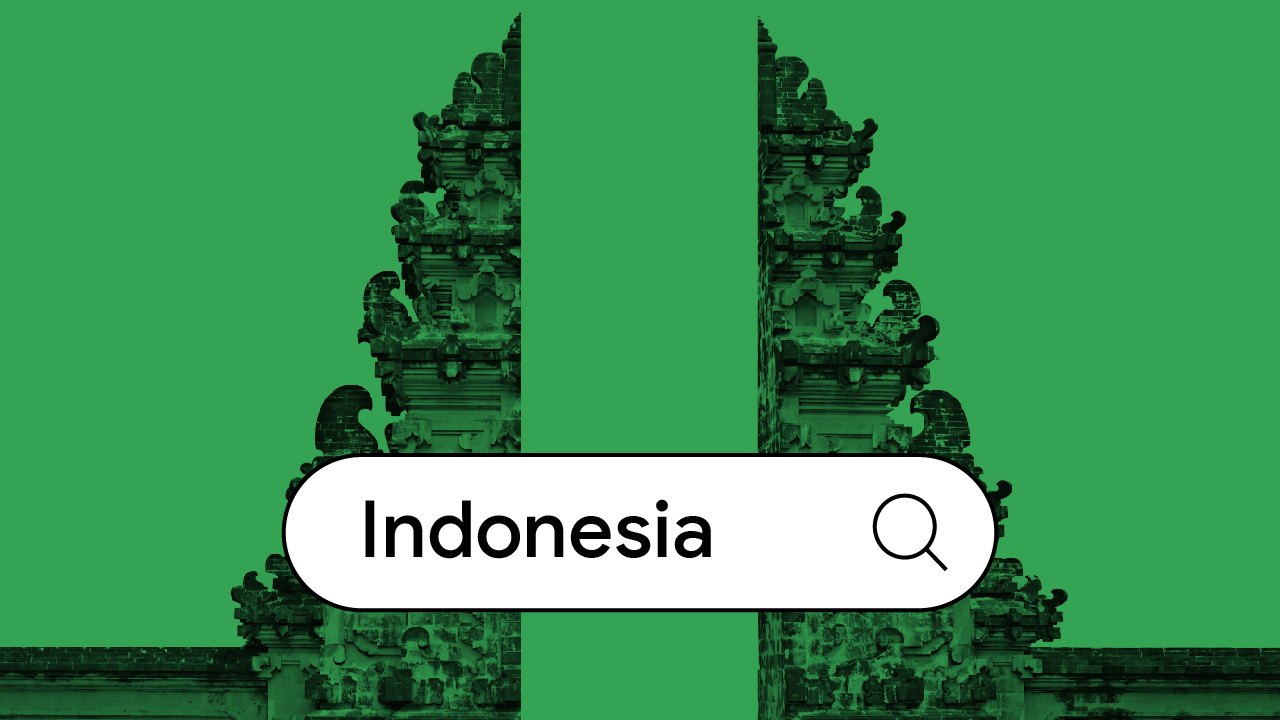Our newest research about consumer behavior shifts takes a closer look at what people across APAC expect from brands and uncovers three noteworthy consumer trends. Here, the director of consumer and market insights at Google APAC, Dr. Stuart Pike, and the founder of Asian Consumer Intelligence, Nicole Fall, unpack our new report and share examples of how brands are staying ahead of consumers’ changing expectations.
You’re probably familiar with some version of Occam’s razor: the simplest explanation is usually the right one. As researchers whose goal is finding actionable insights, simplicity is at the heart of our work — and we know how challenging it can be to navigate unprecedented amounts of information.
To help you keep up with people’s fast-changing expectations for brands, we’ve been sharing research since 2018 about shifts in consumer behavior. In our last report, we got a glimpse into how APAC consumers are shaking things up by redefining their priorities. But people’s expectations for community, commerce, and inclusivity have evolved even more since then.
Take a spin through three emerging trends from our new “A peek into your consumer's future 2020” report, available for download below, and see how you can make the most of them.
“With me”: Consumers want to do more than watch
People all over the world love watching “with me” videos that feature normal people doing normal things like cooking and cleaning, and APAC viewers are no exception. In the first half of 2019 alone, YouTube viewers in South Korea watched more than 500 years’ worth of “with me” videos across various categories like “draw with me” and “eat with me.”1 Meanwhile, watch time for “with me” content grew in Indonesia and Pakistan by 180% and 150% year over year, respectively.2
As affordable data plans and smartphones make it easier for people to make and watch videos, online communities are becoming a bigger part of consumers’ identities.3 And brands are realizing just how influential and engaged these audiences are. For instance, the Food Network branched out from network TV with an app that lets users take live cooking classes with top chefs, and YoRipe launched a live online video series that invited people to virtually cook with MasterChef finalist Sowmiya Venkatesan.4
The digital and physical worlds will continue to merge, especially as developments in haptic technology let people virtually “touch” things and make them feel more “real.” Staying ahead of the curve requires creating online experiences that invite consumers to take action, speak directly to viewers, and invoke community.
“All to gather”: Consumers want genuine inclusivity
Considering 50% of all online APAC consumers agree that the practice of inclusivity is important to them,5 prioritizing diversity is not only the right thing to do — it’s also key to connecting with a wider audience. “All to gather,” a play on “all together,” emphasizes people’s growing desire for genuinely inclusive products and services that embrace their unique identities.

We’re seeing more companies invest in projects that address the needs of underrepresented and underserved communities. Comma Leung Man-wai’s wallet, which helps the visually impaired identify banknote denominations, and the new detailed voice guidance the Google Maps team launched in Tokyo show how inclusive design empowers people to confidently complete everyday tasks.
APAC consumers are also seeking out brands that align with their cultures, identities, and personal preferences, pushing brands to become more diverse than ever. For instance, Indonesia’s Wardah Cosmetics is paving the way for halal cosmetics — a forward-thinking move, considering Muslim beauty lovers are expected to spend $90 billion on cosmetics by 2023.6
People are quick to shun brands that claim to be inclusive but leave consumer needs unmet. Today, brands have the technology to create, develop, and promote inclusive products and prove their dedication to “all to gather.” Inclusive design makes a product or service accessible to people of all genders, ages, linguistic groups, sexualities, and physical abilities. And brands that embrace it will be the ones to earn consumers’ trust in the long run.
“Shared commerce”: Consumers are redefining ownership
Second-hand and rental goods used to have few takers in APAC.7 But today, making financially sensible investments and participating in a circular economy is more important to people than being the original owner.8 We found that more than half of all online millenials and Gen Zers in APAC now believe that pre-owned products have better value than new items.9

Digital marketplaces make it easier than ever to rebuy and resell almost anything, including products that are trickier to return like used makeup. We’re also seeing more brands like Alibaba entering the peer-to-peer rental space to keep up with people’s love of rational consumption. And thanks to consumers’ growing desire for recommerce and sustainability, APAC’s booming second-hand market is on track for long-term growth.10
Before you launch a new service or product, consider how your brand can empower consumers to participate in a circular economy in a way that’s good for both their wallets and the environment. For instance, U.S. fashion brand Stella McCartney worked with luxury second-hand marketplace The RealReal to offer consumers in-store credit for consigning. People are increasingly looking for more than just convenience and promotions from brands, so aligning with their values is key to building long-term relationships.
Prime your teams for action by looking ahead
In today’s fast-changing world, where each day brings new data and opportunities, it’s more important than ever to have the right insights at your fingertips. Download our full research report for the information you need to map out a winning marketing game plan.







